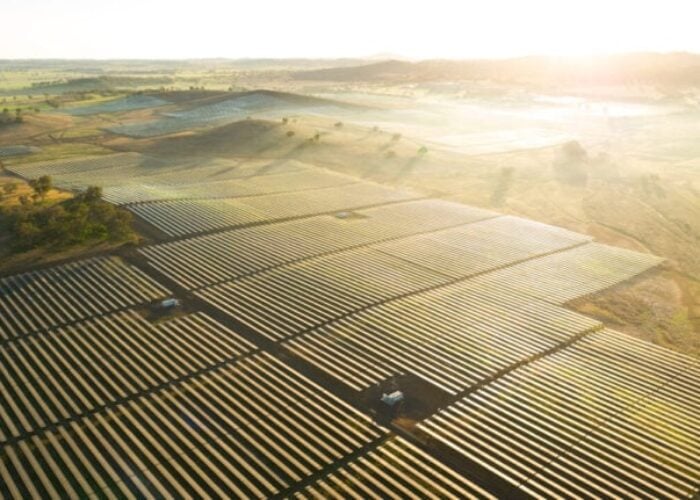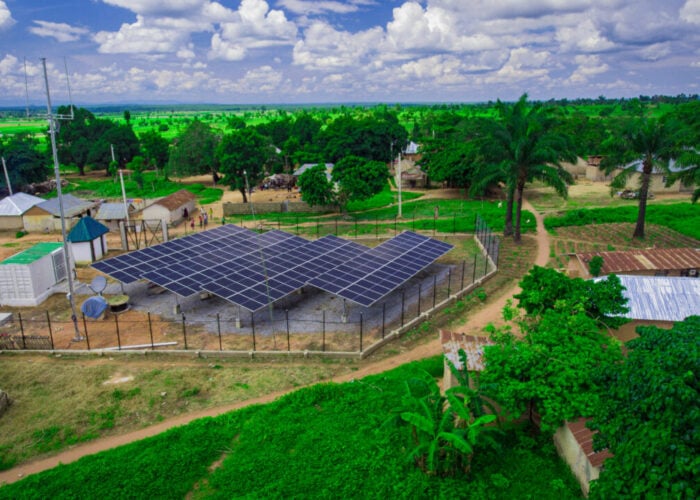
The International Energy Agency (IEA) expects renewables deployment to rebound next year, with the ongoing COVID-19 pandemic said to be “hurting, but not halting” growth.
In a revision to forecasts made in October 2019, the IEA now expects total renewables deployment for this year to stand at around 167GW, down some 13% on deployment last year.
Unlock unlimited access for 12 whole months of distinctive global analysis
Photovoltaics International is now included.
- Regular insight and analysis of the industry’s biggest developments
- In-depth interviews with the industry’s leading figures
- Unlimited digital access to the PV Tech Power journal catalogue
- Unlimited digital access to the Photovoltaics International journal catalogue
- Access to more than 1,000 technical papers
- Discounts on Solar Media’s portfolio of events, in-person and virtual
Back in October 2019, solar was expected to contribute the lion share of that deployment. At the time, the IEA suggested that as much as 106.4GW of solar PV was to be deployed across the globe, itself a slight contraction of the 113.7GW of solar added last year.
But the IEA now expects 2020 solar deployment to fall around the 90GW mark, with delays to construction and the supply chain, lockdown measures and emerging problems in project financing stymying projects from completing this year.
While some project developers have indeed already suggested that large-scale solar projects are being hindered by the pandemic, most stress that these delays are in weeks and months rather than a more protracted period.
There is also evidence that solar developers, especially those in Europe, are not presently encountering any significant issues in financing. Speakers at this week’s Large Scale Solar Digital Summit, organised by PV Tech publisher Solar Media, have suggested financing is not presently an issue on their agendas, even if in the short-term more projects may be built off balance sheet before being refinanced at a later date.
Nevertheless, the IEA expects numerous markets to feel the brunt of the COVID-19 pandemic this year, with the US market spared as project developers rush to complete prior to tax credit deadlines expiring.
Hopes for 2021 comeback as distributed segment lags behind
Looking further ahead, renewables in general are expected to rebound strongly in 2021, the IEA said, returning to 2019 levels. The short-term turbulence will still have wiped out around 10% of projects coming on-stream by that date.
There are also starker fears for the future of distributed solar. According to the IEA, the segment's comeback could be “significantly slower” given its reliance on a recovery of the investment decisions by C&I and residential customers.
Fatih Birol, executive director at the IEA, said renewables’ resilience was good news for the sector, but could not be taken for granted given the scale of the challenge at hand.
“Countries are continuing to build new wind turbines and solar plants, but at a much slower pace. Even before the Covid-19 pandemic struck, the world needed to significantly accelerate the deployment of renewables to have a chance of meeting its energy and climate goals.
“Amid today’s extraordinary health and economic challenges, governments must not lose sight of the essential task of stepping up clean energy transitions to enable us to emerge from the crisis on a secure and sustainable path,” he said.
The new analysis from the IEA comes just weeks after the agency said renewables would be the only generation asset class to experience growth this year, with its share of power demand set to increase amidst a backdrop of “seismic shocks” in numerous markets.
PV Tech has set up a dedicated tracker to map out how the COVID-19 pandemic is disrupting solar supply chains worldwide. You can read the latest updates here.
If you have a COVID-19 statement to share or a story on how the pandemic is disrupting a solar business anywhere in the world, do get in touch at [email protected] or [email protected].







